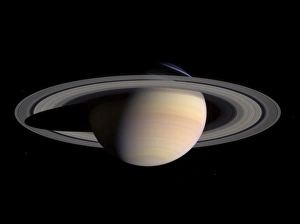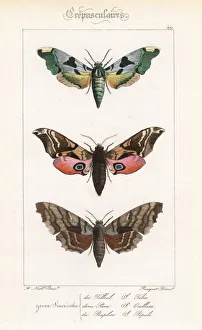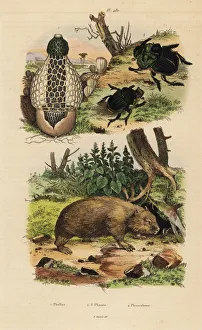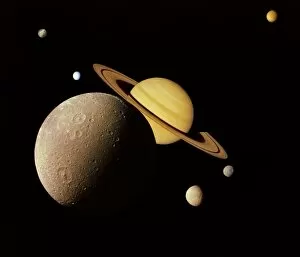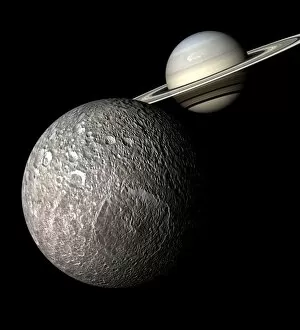Mimas Collection
"Mimas: A Moon of Marvels and Mythology" Saturn's moon Mimas, named after the giant slain by Zeus in Greek mythology
All Professionally Made to Order for Quick Shipping
"Mimas: A Moon of Marvels and Mythology" Saturn's moon Mimas, named after the giant slain by Zeus in Greek mythology, is a celestial wonder that captivates with its intriguing features. Just like Zeus defeated the formidable Mimas during the Gigantomachy, this moon stands as a testament to cosmic battles. In these global color mosaics crafted from NASA images, we witness the beauty unfold before our eyes. Its northern and southern hemispheres are revealed through polar stereographic maps, showcasing its unique topography. The Mimas Atlas invites us to explore every nook and cranny of this enigmatic satellite. A breathtaking mosaic created by NASA's Cassini spacecraft offers an unobstructed view of Saturn's moon. Subtle color variations on Mimas become apparent in a false-color image capturing Herschel Crater, adding depth to its already mesmerizing landscape. As we delve deeper into this lunar world, dark regions below bright crater walls come alive in another captivating mosaic. Streaks on these walls leave traces of mysterious activity that pique our curiosity. This global map compiled from Cassini flybys allows us to navigate through the intricate details etched onto Mimas' surface, and is through such exploration that we uncover secrets hidden within craters and valleys alike. Not only does Mimas hold astronomical wonders; it also shares connections with earthly creatures. Lime hawkmoths, eyed hawkmoths, and poplar hawkmoths find their counterparts here amidst bamboo fungus and scarab beetles—a reminder that nature transcends boundaries even beyond our planet’s borders. Mysterious yet awe-inspiring, Saturn's moon Mimas beckons us to unravel its mysteries just as Zeus did millennia ago.

